London is a city of curiosities, even calling it a City is curious as technically, it isn’t one, but it has two! Visitors to London will know the Tower of London, Big Ben, the London Eye and Westminster Abbey to name a few, all incredible, but something else that fascinates me, are the little things that you come across which often hide a great little tale.
The Cold War
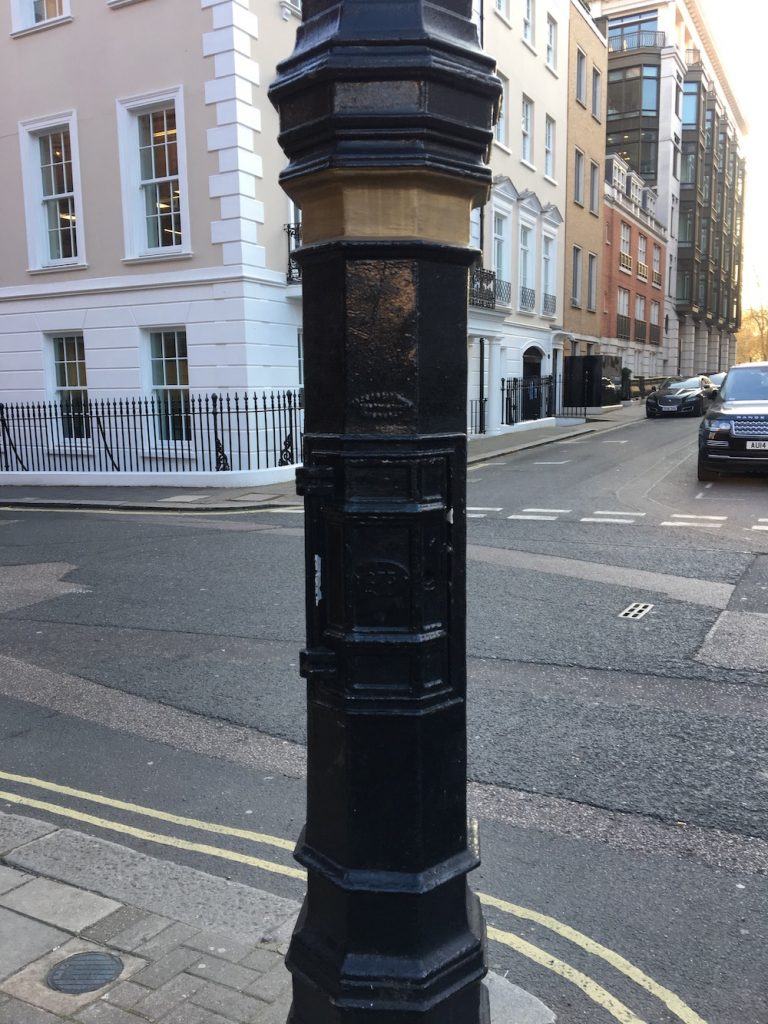
A wander through the heart of London’s swanky Mayfair, which today is one of expensive shops, townhouses, posh hotels and road works, there is an unassuming lamp post on the corner of a street. You would walk past it without a glance, but it holds secrets, well at least it used to. KGB spies during the Cold War years used it as a message drop. Look closely at the photo and you can see a little door at the base of the lamp post. Secret KGB agents who needed to pass intelligence to their superiors used this door to leave messages. Marking the bottom of the lamp post in chalk signified a drop had been made. Straight out of a Bond movie! So next time you see a lamp post, don’t assume that it is just a lamp post!
A Time to Die
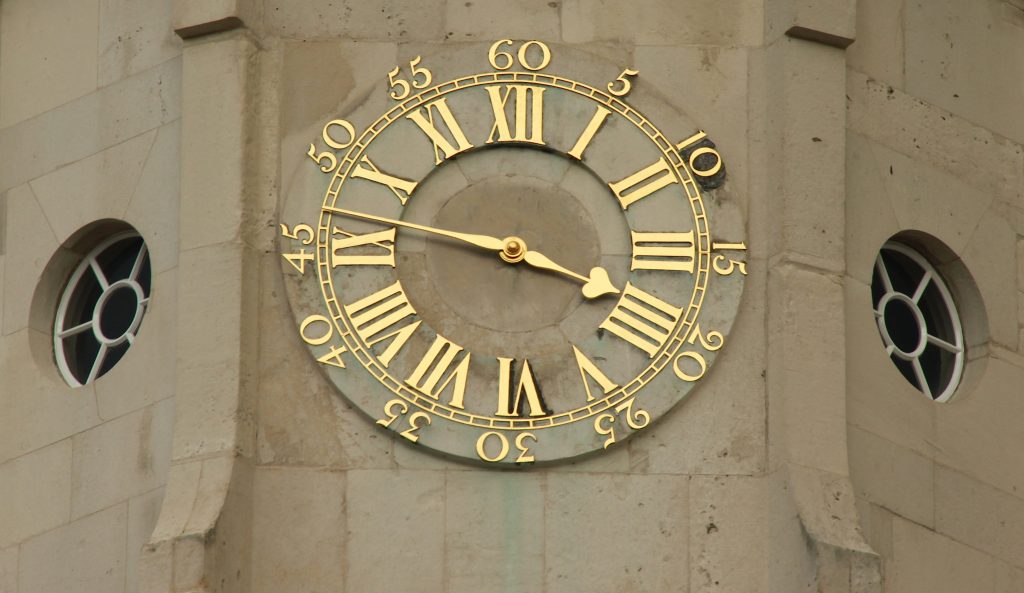
Everyday millions of tourists flock to the Horseguards Parade to photograph the Household Cavalry. Beautiful, sleek horses with immaculately dressed soldiers sitting and not smiling atop them. Few, however, notice the clock tower behind and even fewer the little black shadow on the clock’s number two. Opposite the Horseguards is the 400 year old Banqueting House. A magnificent building and the only surviving part of the Whitehall Palace that once stood here. On 30th January 1649, scaffold was raised here, and King Charles I was executed. The shadow on the clock on the opposite building is apparently to commemorate his death at 2pm that afternoon.
A Grave Micetake
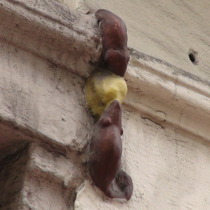
One of my favourite little curiosities is little indeed…London’s smallest sculpture. City folk walk past this every day (or at least they used to) and have no idea that it is there. The sculpture is of two little mice eating a piece of cheese. It is on a building close to the site of the Monument to the Great Fire of London. The story goes, two workmen who were working on the construction of the monument had stopped for a spot of lunch. One of the workmen left his sandwich out and when he returned saw that his sandwich had been half eaten. He accused his co-worker of eating it and a fight ensued and the accused fell to his death. The accuser then noticed a little mouse running off with the sandwich and realised his grave mistake. The sculpture is to commemorate the event.
Cherry

On the subject of small creatures, nestled in a corner of Kensington Gardens, one can find a sea of little headstones, each one with it's unique epitaph. The graveyard began quite by accident in 1881, when Cherry the Maltese Terrier passed away. Cherry belonged to the children of a couple who lived in the area and were friendly with gate keeper of the park. When Cherry departed this world, the couple asked the gatekeeper, Mr Windbridge if Cherry could be laid to rest in her favourite spot. Mr Windbridge obliged and in so doing he unofficially began a career as funeral director/gravedigger/celebrant for over the next 22 years 300 pets were laid to rest here.
What Lies Beneath?
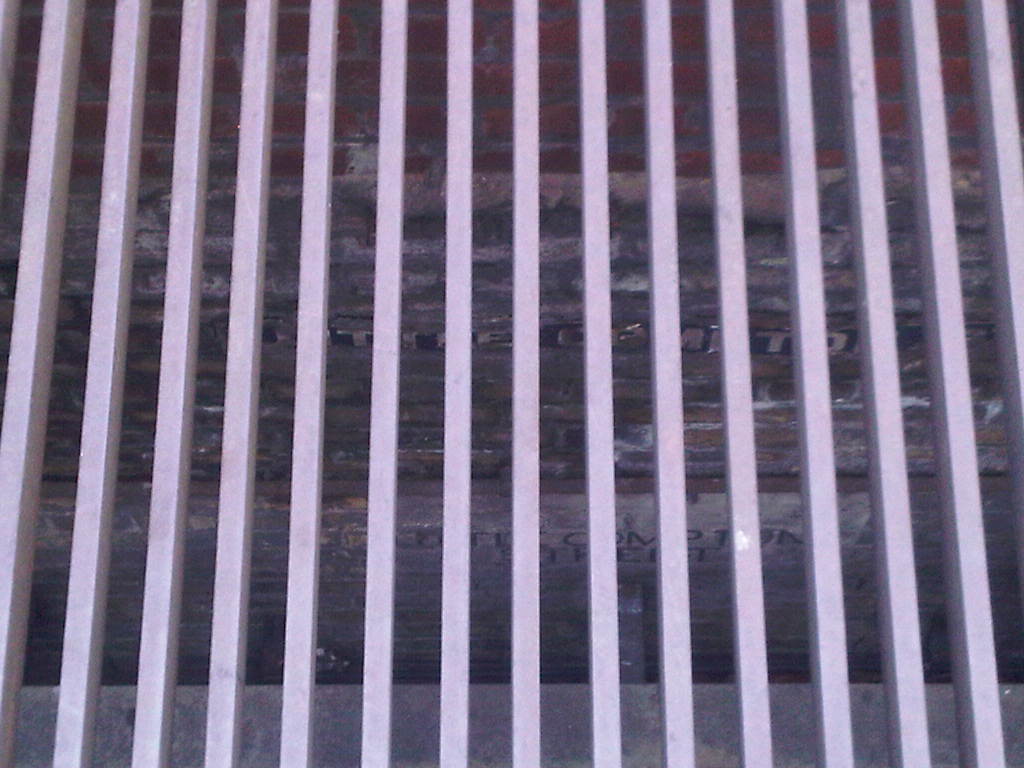
Charing Cross Road was cut through the city when the slums, that originally inhabited this area in London's West End, were demolished. At one of the intersections in this road, if you peer through the grille on the ground, you can see what appear to be street signs on a wall ‘Little Compton Street’. The street doesn’t exist on a London map, but did it ever? We know there are remains of a Roman City underneath what is today the City of London, but could it be that there are remains of a Victorian Slum City underneath London’s West End?
Well, although I would prefer to be writing of a secret underground city, the truth is more prosaic. When London was undergoing a facelift, workmen used these signs to establish their location in the tunnels. The tunnels formed part of an underground utility network. That said, it’s still an exciting find!
Hangover
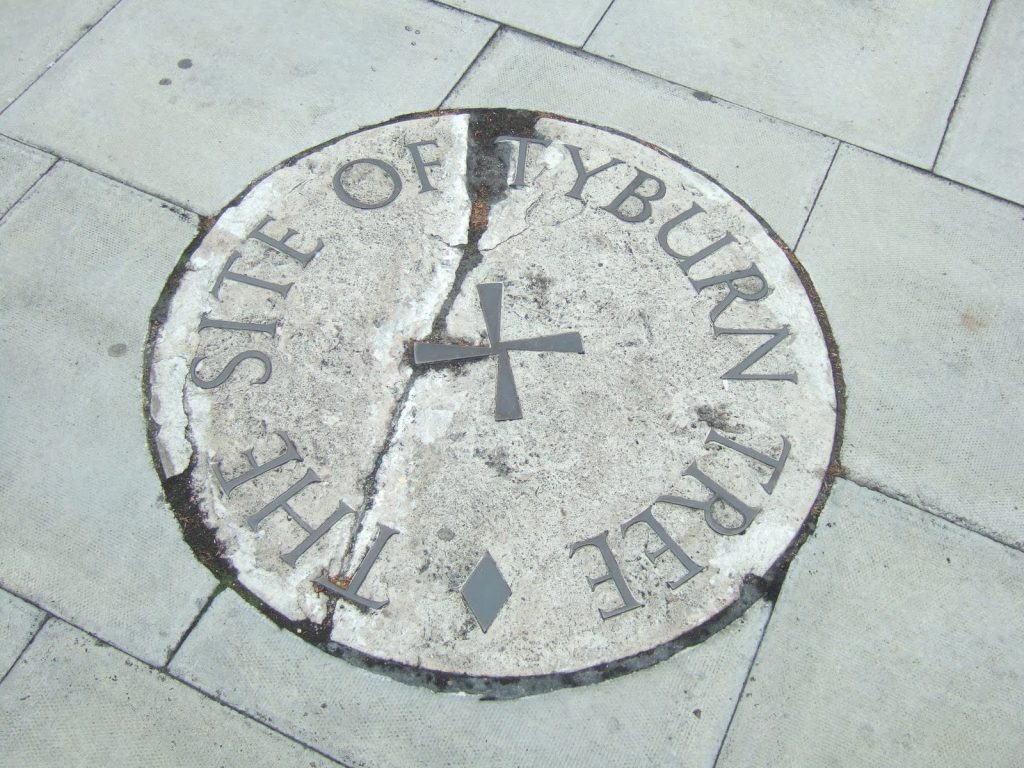
On a traffic island in the area of Marble Arch, you may find yourself standing on a memorial which reads “Site of the Tyburn Tree’. One might wonder what type of a tree that is? Well, it’s not actually a tree, it refers to the structure that was erected here in the 1530’s and used for mass executions. The engineers of the Tyburn Tree were certainly aiming for efficiency as when it was completed, it was able to hang 24 people simultaneously.
The prisoners would be collected by a wagon from the Newgate Prison in the City of London and en-route to the gallows, they would be able to stop for a final tipple (it is England after all). This led to the expression ‘one for the road’ and possibly ‘on the wagon’, meaning you had had your last drink…falling off the wagon in those days then would have been a very good thing indeed!
The executions that took place here were all public, in fact it was a bit of a day out for the family and could attract crowds of up to 200’000. Execution day, which was a public holiday garnered a great deal of excitement. The executions were particularly raucous affairs and much alcohol was consumed, so the following day was known as ‘hangover’ day! Over 60’000 people were executed at the site before the executions were moved to the Newgate prison in 1783.
The Houses that aren't...
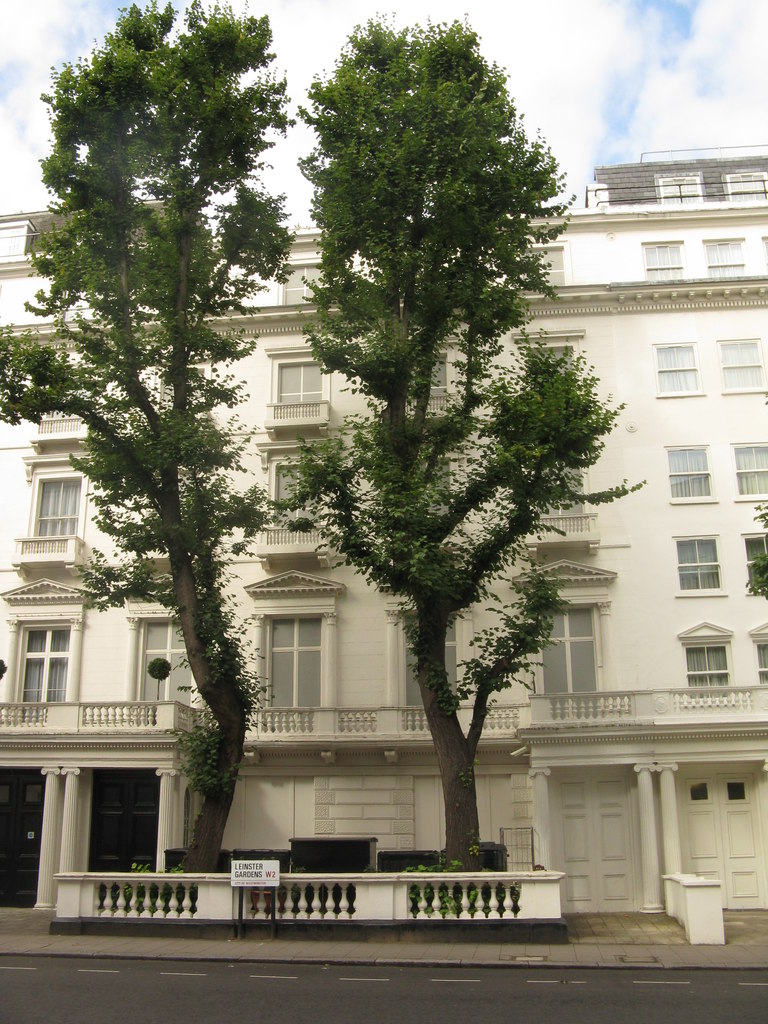
My last offering is another favourite. Appeared in the Sherlock series (if you are a fan) during the scene where Sherlock exposes Mary as a former assassin in front of her husband Dr Watson and displays her face on the façade of the fake houses. In this lovely mid-Victorian Terrace, they appear like any other house. On closer inspection, however, you can see there are no windows, they are painted on, there is no handle on the door, you are not supposed to go in.The houses/facades are maintained by Transport for London.The world’s oldest underground network was once serviced by steam locomotives. Portions of the underground system that were outside were where the drivers would let off steam. In this rather well to do area of London, these fake houses were used to hide the vent and billowing smoke.
There are literally hundreds of curiosities all around London, from noses on walls to Eisenhower’s secret bunker and our Tour Guides have many more to explore with you. Join one of our expert Tour Guides on a tour of our fascinating capital city, London!
Post by Nikki, British Tours
